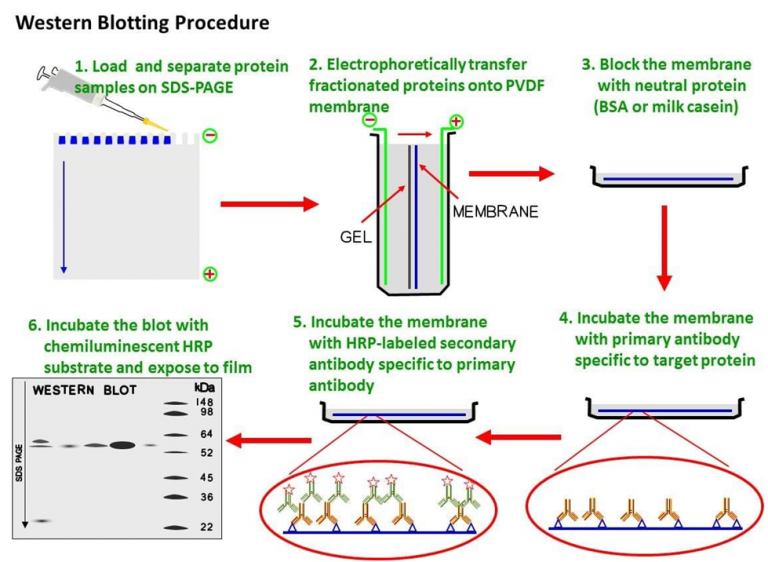

As a result, bands from rearranged alleles fall far below detection limits. Each rearrangement event will be specific to a single cell in the population of B cells and Southern blot analysis of total B cell DNA would reveal only the germline arrangement of immunoglobulin genes as any individual rearranged alleles would be represented negligibly.

This can be illustrated by considering B lymphocytes, each of which carry a productively rearranged immunoglobulin allele as well as an allele with the germline structure or one that has undergone a nonproductive rearrangement. With regard to immunology, the principal application of Southern blotting remains the investigation of the clonal rearrangements of the immunoglobulin and T cell receptor genes involved in the immune response. Dimorphism of restriction enzyme sites within the population which results in restriction fragment length polymorphisms (RFLPs) was first discovered by Southern blotting and this later led to the discovery of other forms of variation in genomes that have been crucial to the mapping of genes and to our understanding of mutational processes. If appropriate controls are included and the procedure is carried out with care, Southern blotting may be used in a quantitative fashion to investigate phenomena such as gene amplification or loss of heterozygosity. It may be used to determine a restriction enzyme map of a gene or to investigate natural variation or mutational events in a gene such as insertions deletions or rearrangements resulting from recombination. Southern blotting has application in instances where the structure of a gene (cloned or uncloned) is to be investigated. Raymond Dalgleish, in Encyclopedia of Immunology (Second Edition), 1998 Applications


 0 kommentar(er)
0 kommentar(er)
